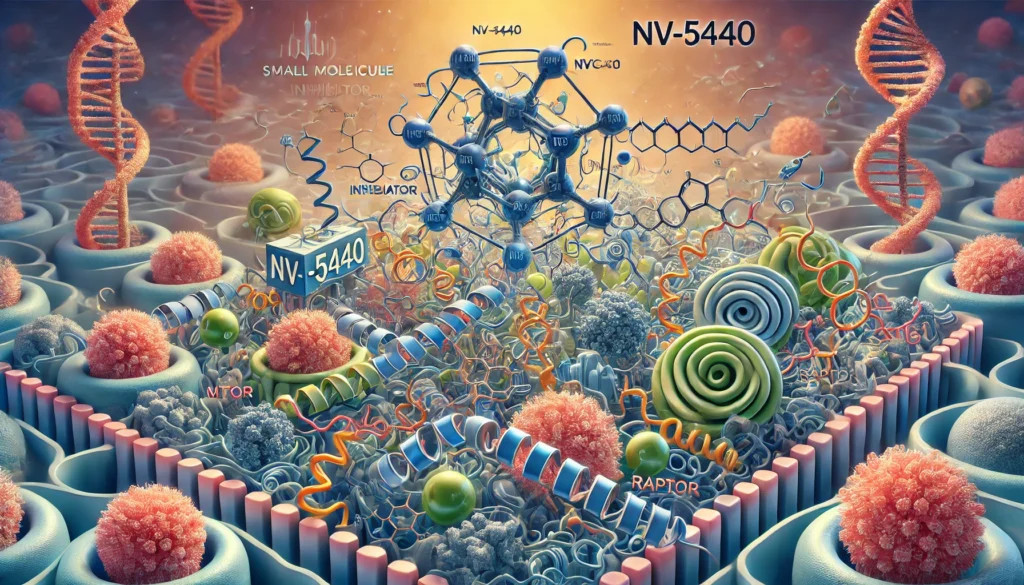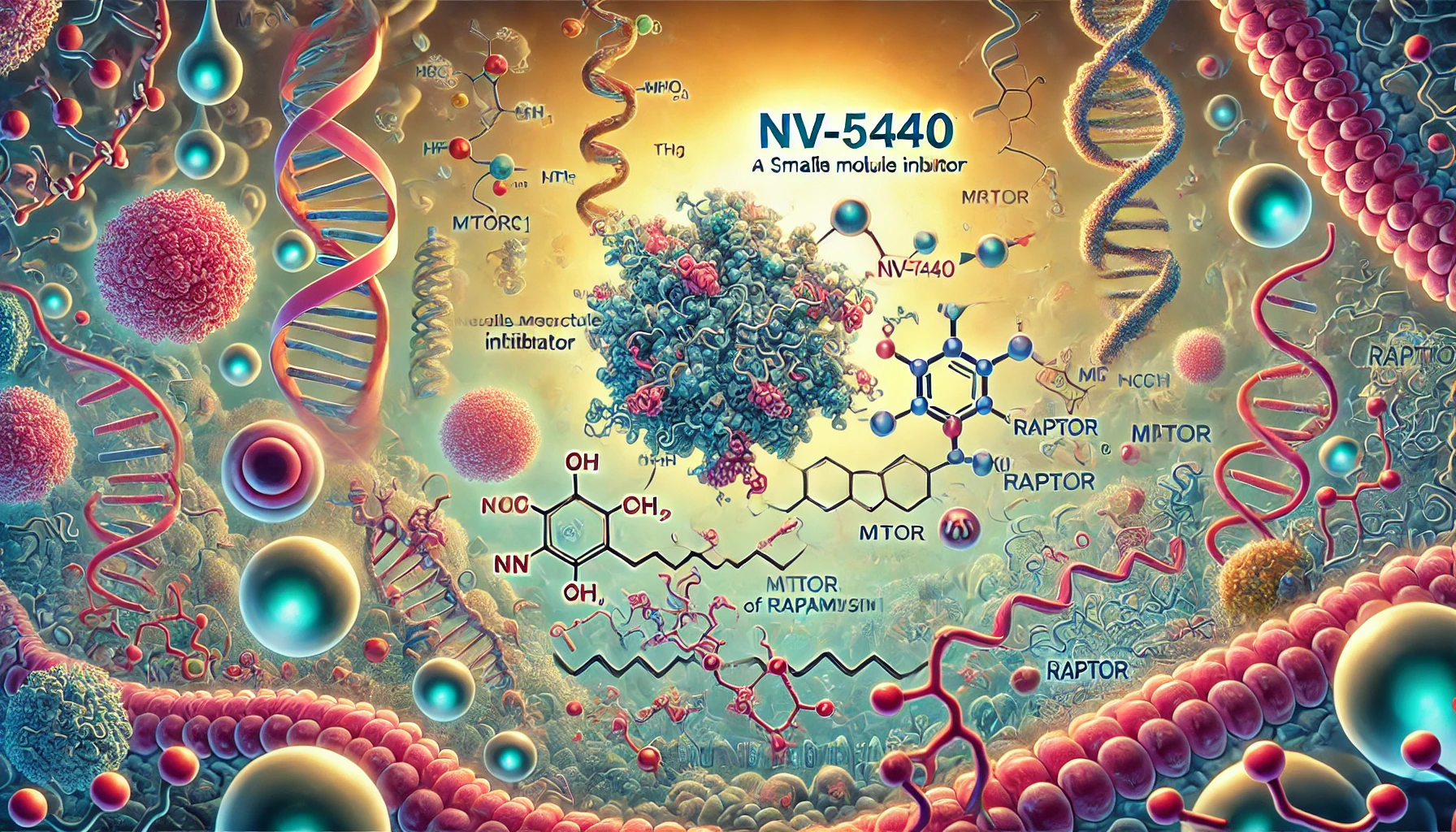When it comes to “nv-5440 in mtorc1,” many people wonder what it really means and how it affects our bodies. Is it just another technical term? Not quite. Let’s dive into the details and break it down in a way that’s simple, yet packed with insight.
What is mTORC1, and Why Does It Matter?
The term “mTORC1” stands for mechanistic target of rapamycin complex 1.
Yeah, that’s a mouthful.
But the key thing to know is that it’s part of a pathway in our cells responsible for regulating things like growth, metabolism, and even aging.
It’s like a traffic controller, making sure the signals that tell your cells when to grow and divide are working properly.
Now, where does nv-5440 fit into this picture?
That’s where things get interesting.
NV-5440: A Small Molecule with Big Impact
NV-5440 is a molecule that researchers are exploring for its ability to inhibit the activity of mTORC1.
Why would you want to inhibit something that helps your cells grow?
Well, not all growth is good.
Sometimes, uncontrolled growth leads to problems like cancer.
By targeting mTORC1 with something like nv-5440, scientists hope to find ways to slow down or stop harmful growth.
It’s like hitting the brakes on a speeding car before it crashes.

How Does NV-5440 Work?
NV-5440 works by specifically binding to mTORC1, preventing it from sending signals that encourage cellular growth.
This inhibition is what makes nv-5440 so valuable in research, especially when it comes to diseases where cell growth goes haywire, like cancer.
It’s almost like cutting the power to a building to stop all the lights and machines from running.
Why Should You Care About NV-5440 in mTORC1?
Let’s bring it back to real life.
If you or someone you know is facing a disease driven by uncontrolled cell growth, nv-5440 in mTORC1 could represent hope for future treatments.
While it’s still in the research phase, the potential here is huge.
It might just be one of those breakthroughs that changes the way we think about treating certain cancers or even age-related diseases.
Real-Life Example: A Look at Cancer Research
Imagine a scenario where someone is diagnosed with a type of cancer that’s difficult to treat because the cells just keep dividing uncontrollably.
Traditional treatments like chemotherapy target all rapidly dividing cells, but they can also affect healthy cells.
With nv-5440 in mTORC1, the focus is more specific.
It aims to target just the cancerous growth, leaving other processes untouched.
Think of it like a laser-focused treatment, rather than a shotgun approach.
Key Benefits of NV-5440 in mTORC1 Research
Why all the buzz?
- Precision targeting: NV-5440 goes after mTORC1 specifically, reducing the chances of off-target effects.
- Potential to slow or stop cancer growth: By inhibiting mTORC1, NV-5440 could help slow down the spread of certain cancers.
- Therapeutic advancements: It’s part of the exciting future of personalized medicine.
FAQs About NV-5440 in mTORC1
1. What exactly is NV-5440?
NV-5440 is a small molecule being studied for its ability to inhibit the activity of the mTORC1 pathway, which regulates cell growth and metabolism.
2. How does NV-5440 affect cancer treatment?
NV-5440 has the potential to target cancerous growths by inhibiting mTORC1, helping to slow or stop uncontrolled cell division.
3. Is NV-5440 currently available as a treatment?
As of now, NV-5440 is still in the research phase. It’s not available to the public as a treatment, but it’s being studied in clinical trials.
4. What are the risks of inhibiting mTORC1?
While inhibiting mTORC1 can slow harmful growth, it’s important to regulate it carefully, as this pathway also plays a role in normal cellular functions.
5. How soon can we expect NV-5440 to be used in treatments?
This depends on the outcomes of clinical trials and further research. It’s hard to predict, but the future looks promising.

The Future of NV-5440 in mTORC1 Research
We’re living in a time where research into things like nv-5440 in mTORC1 could reshape how we approach diseases like cancer.
Imagine treatments that are more precise, with fewer side effects.
NV-5440 could be a step in that direction.
So, while we wait for more results, it’s exciting to think about the possibilities.
The future of personalized medicine, driven by molecules like NV-5440, looks brighter than ever.
Wrapping It Up
At the end of the day, nv-5440 in mTORC1 represents a cutting-edge approach to treating diseases driven by cell growth.
By zeroing in on the mTORC1 pathway, this molecule could change the game in terms of how we treat cancer and other serious conditions.
It’s still early days, but the potential is there.
And who knows?
NV-5440 in mTORC1 might just be the key to unlocking new treatment options in the years to come.
Remember, every major breakthrough starts with research, and NV-5440 is a name to keep an eye on.
Let’s hope for big things ahead.

